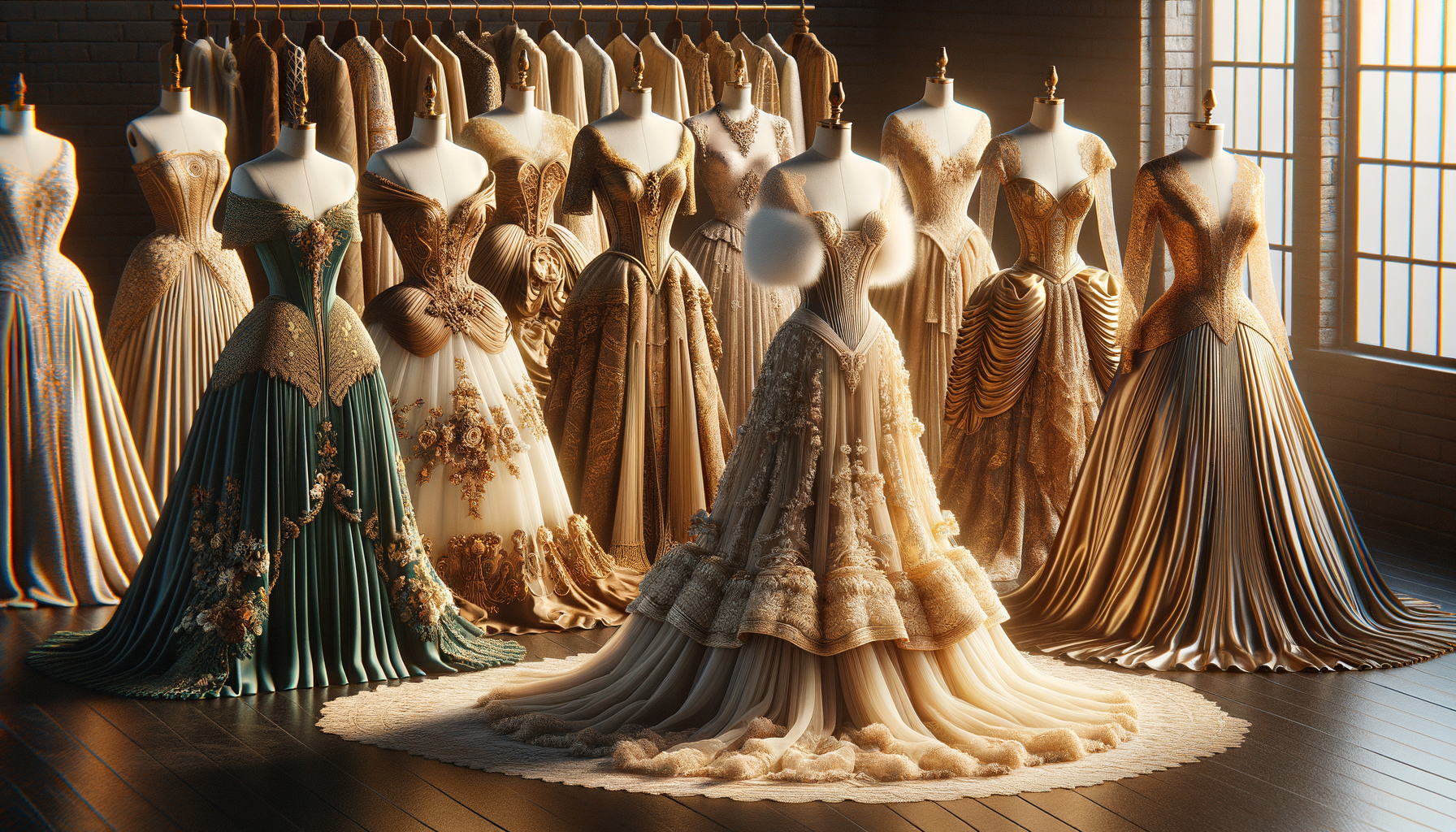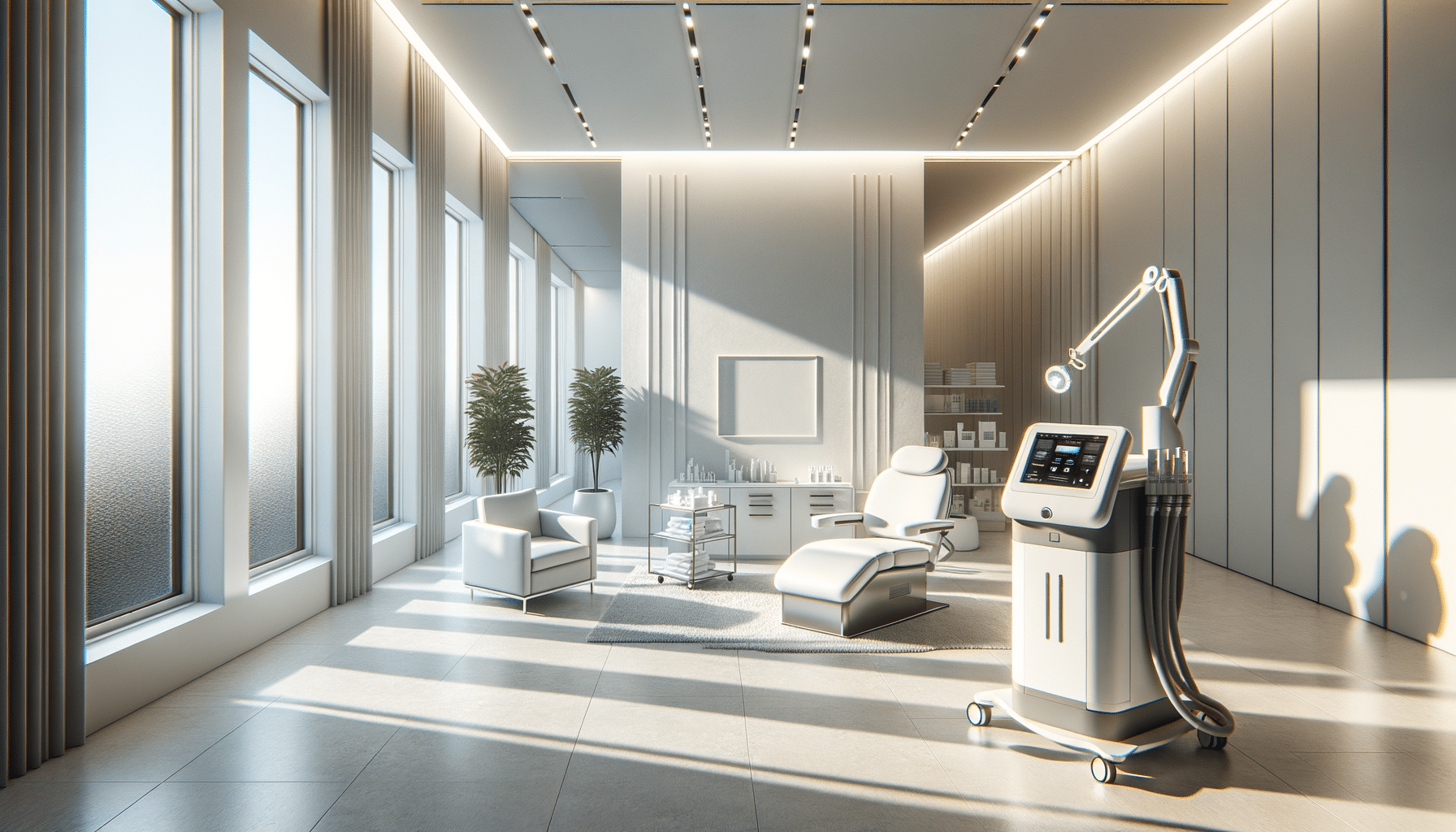
Timeless Elegance: Dresses That Define Style
The Evolution of Dress Styles
Throughout history, dresses have evolved significantly, reflecting the cultural and societal changes of each era. From the opulent gowns of the Victorian era to the sleek flapper dresses of the 1920s, each style tells a story of its time. In the 1950s, the hourglass silhouette became popular, emphasizing femininity with cinched waists and full skirts. As we moved into the 21st century, fashion became more diverse, with designers drawing inspiration from past decades while incorporating modern elements.
Today, the variety of dress styles available is vast, catering to different tastes and occasions. Whether you prefer the elegance of an A-line dress or the boldness of a bodycon, there’s a style for everyone. The evolution of dresses is not just about aesthetics; it also reflects advancements in fabric technology and a shift towards more sustainable practices in fashion.
Choosing the Right Dress for Your Body Type
Finding a dress that flatters your body type can enhance your confidence and comfort. Understanding your body shape is key to selecting a dress that accentuates your best features. Here are some tips:
- Hourglass: Opt for dresses that highlight your waist, such as wrap dresses or fit-and-flare styles.
- Pear: A-line dresses can balance wider hips and create a harmonious silhouette.
- Apple: Empire waist dresses can draw attention away from the midsection and emphasize the bust.
- Rectangle: Dresses with ruching or belts can create the illusion of curves.
It’s important to remember that these are just guidelines. The most important factor is how you feel in the dress. Confidence is the best accessory you can wear.
Fabrics and Their Impact on Dress Design
The choice of fabric can dramatically influence the look and feel of a dress. Each fabric has its unique properties, affecting the drape, comfort, and overall appearance of the garment. For instance, silk is renowned for its luxurious feel and elegant drape, making it ideal for formal occasions. Cotton, on the other hand, is breathable and versatile, suitable for casual and summer dresses.
In recent years, there has been a growing emphasis on sustainable fabrics. Materials like organic cotton, bamboo, and recycled polyester are becoming increasingly popular as environmentally conscious choices. These fabrics not only reduce the environmental impact but also offer unique textures and finishes to modern dress designs.
Accessorizing Your Dress for Different Occasions
Accessories can transform a simple dress into a statement outfit. The right accessories can enhance your dress and make it suitable for various occasions. For a formal event, consider adding a statement necklace or elegant earrings to complement your dress. A clutch bag and a pair of heels can complete the sophisticated look.
For a casual day out, opt for comfortable footwear like sandals or sneakers, and add a crossbody bag for convenience. Scarves and hats can also add a touch of personality and style to your ensemble. Remember, the key to accessorizing is balance. Choose accessories that complement your dress without overwhelming it.
Conclusion: Embracing Your Personal Style
The beauty of dresses lies in their ability to express individuality and personal style. Whether you prefer classic designs or contemporary trends, there’s a dress out there that resonates with your unique taste. Embrace the diversity of styles available and experiment with different looks to discover what makes you feel most confident and beautiful.
Ultimately, fashion is about self-expression and confidence. By understanding your preferences and body type, you can curate a wardrobe of dresses that not only fit well but also make you feel empowered. So go ahead and explore the world of dresses, and let your style shine.


